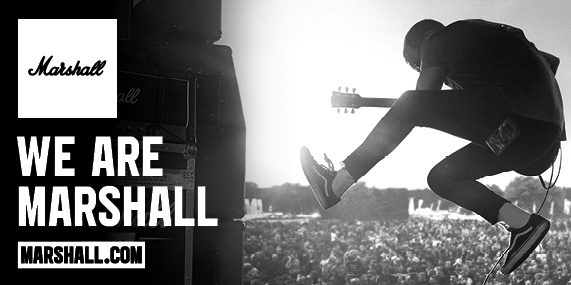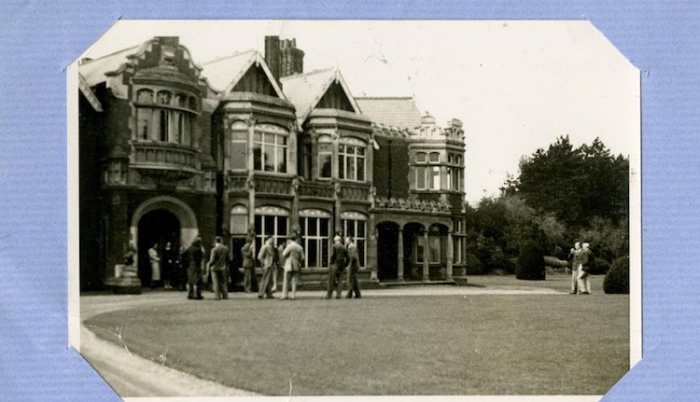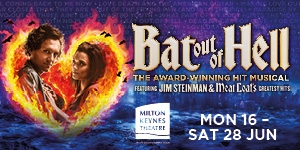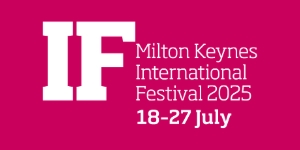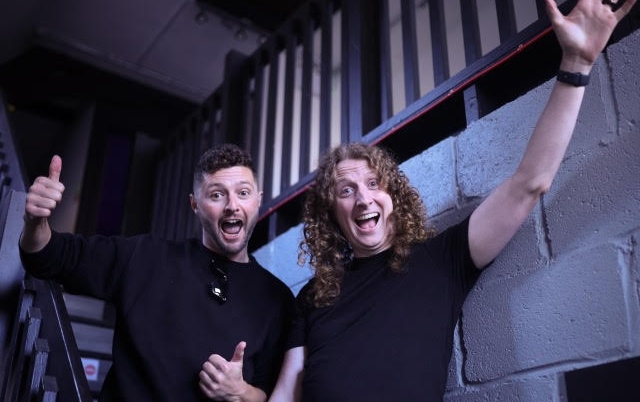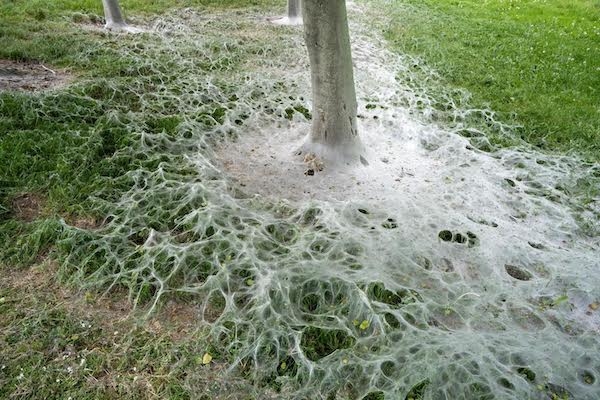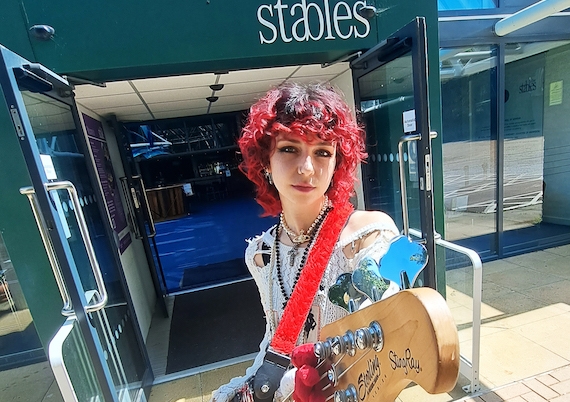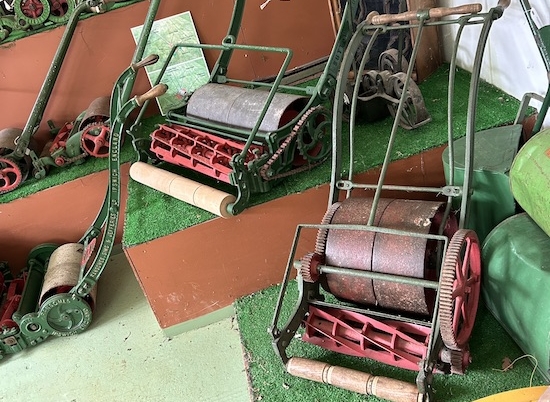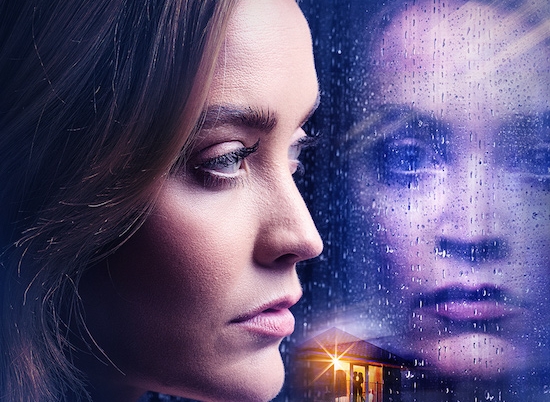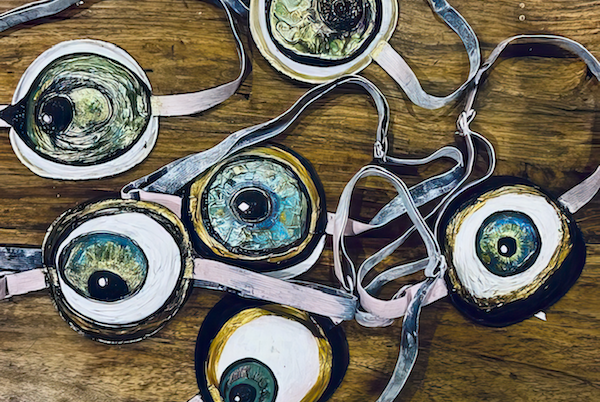An 80 year old Christmas card sent to Britain’s early Codebreakers has been rediscovered at Bletchley Park
The simple blue note was sent by Lady Sinclair, wife of Admiral Sir Hugh Sinclair, Head of MI6 and the Government Code and Cypher School (GC&CS) to members of staff in December 1938.
The front of the ‘card’ features a copy of the only known surviving photo of the Codebreakers’ first visit to Bletchley Park in August 1938.
In September 1938, as war with Germany appeared imminent, parts of MI6 and GC&CS temporarily moved from London to their newly acquired wartime base Bletchley Park, returning to London in October 1938.
Another copy of the photo, no longer with the blue card, ended up in a family photo album of Claude Henderson, another member of GC&CS.
That copy was scanned at the museum in 2009 along with other photos of Bletchley Park taken by Claude Henderson in August 1939 and January 1940. The photos belong to Judie Hodsdon, whose parents and great uncle, Claude Henderson, worked at Bletchley Park.
It was only when staff questioned why this photo from 1938 was alongside photos of the park covered in snow in January 1940 that they discovered it was originally part of a Christmas card.
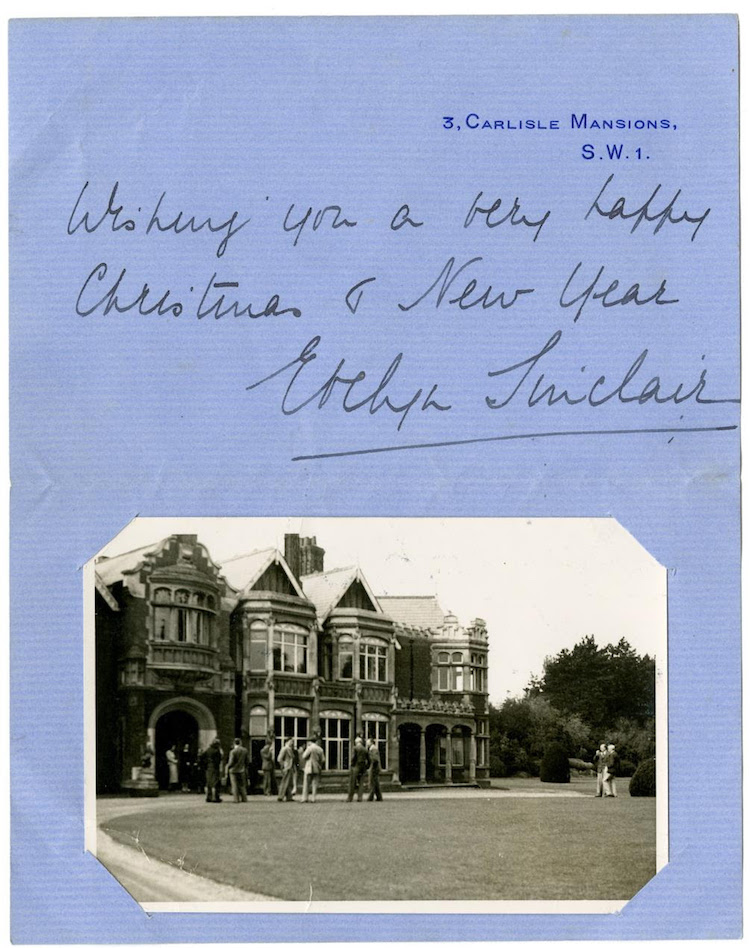
This Christmas card was sent to Judie Hodsdon’s mother, Joan Wingfield, who had joined GC&CS in 1936 and began working on Italian Naval codes, and had been one of the members of the 1938 Bletchley Park operation.
Judie Hodsdon said: ‘My Mother didn’t keep many things but she kept this, so it must have been rather special. It’s not the most festive photo but as Bletchley Park had only just been bought for MI6 and GC&CS, and most of the team had been there that autumn, it must have been a lot more interesting to use this photo than one of the London offices.’
Due to the top secret nature of Bletchley Park, very few photos of the site during wartime exist, and only a handful of personal photos. Today Claude Henderson’s photo album is one of the key sources of visual information of the very early days of GC&CS and MI6’s operations at Bletchley Park.
David Kenyon, Research Historian at Bletchley Park said: “Where we do have photos of Veterans, they are either formal portraits of them in uniform or more personal photos taken at home or off duty.
"Photographs were seldom if ever taken of staff at work, and the few that exist were retained by GCHQ in their archive until quite recently. However a few private photos were taken early in the war before restrictions were fully implemented.”
“The picture used in the Christmas card is not captioned, and no reference is made to it in the greeting, so even though it depicts a secret event, the photo itself does not reveal anything about what is actually going on. It could be simply any house-party from the later 1930s. It would only have held any significance to those ‘in the know’.”
Bletchley Park is home to a collection of almost 450,000 paper archives and objects from World War Two. The museum has also been running a successful oral history programme that has seen it collect almost 450 Veterans’ priceless first-hand accounts of life at the park and its surrounding Outstations.
The little-known role Bletchley Park played in the planning and execution of D-Day will be marked in a new immersive visitor experience D-Day: Interception, Intelligence, Invasion opening in Spring 2019.
Never miss leisure news in Milton Keynes - Follow us on www.twitter.com/thisistotalmk
And on Facebook: www.facebook.com/thisistotalmk

